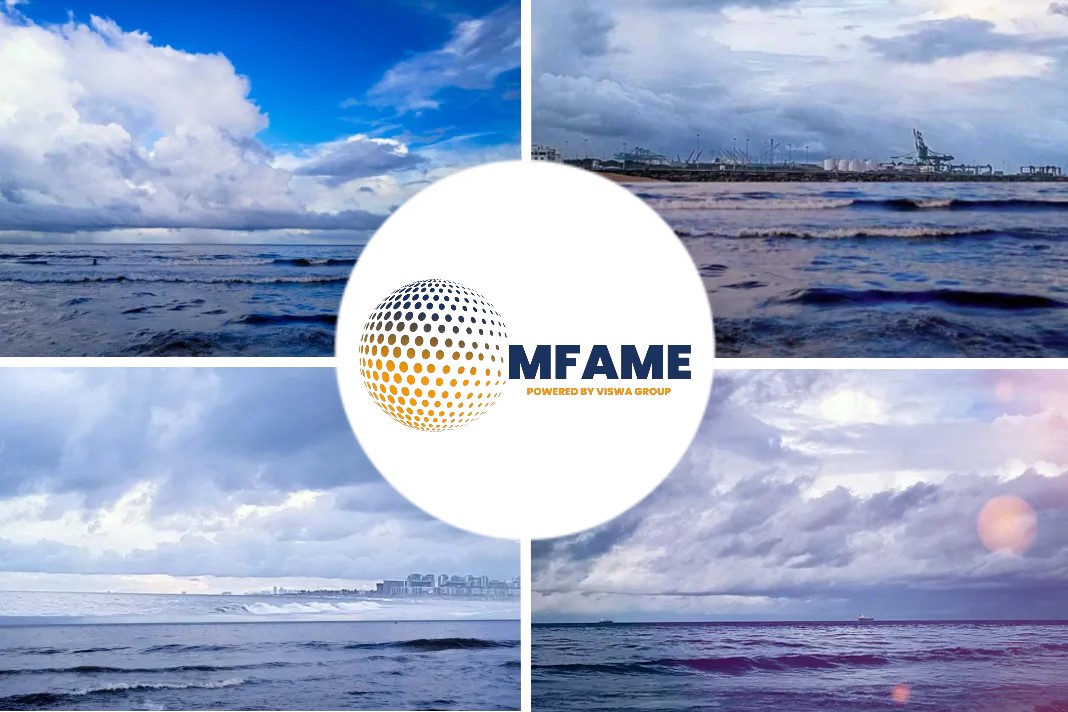While biofuels and methanol are the most promising alternative fuels, tug propulsion systems will increasingly include batteries, reports Riviera.
Fuel revolution
Smit Lamnalco global director for business and project development in LNG Andrew Brown considered future options and disseminated what is realistic in his presentation.
“It is a race to go green,” he said. “We are in a fuel revolution and there will be variations in energy production and fuels.
Mr Brown said Smit Lamnalco is developing a long-term strategy to address decarbonisation.
He questioned whether green targets are achievable due to the immaturity of the technology and lack of available fuels and regulatory clarity for vessels below 500 gt.
“The technology is already there, but the energy density of fuel is challenging, and many variations will not fit tugs,” said Mr Brown.
He said the first part of a decarbonisation strategy is measuring existing emissions. Then, investment will be needed in port infrastructure to deliver alternative fuels to vessels.
LNG and LPG-based fuels are already available to maritime users, while methanol is one of the most traded chemicals worldwide.
“Around 98 ports can supply LNG and 36 LNG bunkering barges are in service,” said Mr Brown.
“Methanol-fuelled ships are coming, but there will need to be investment in infrastructure. Different ports will have different fuels.”
On the regulations and cost front, Mr Brown expects consumers will pay higher prices. He added, “The questions are who will pay and who will enforce it?” He asked whether ports or authorities will issue penalties for non-compliance to future regulations.
Other challenges are engine developments, fuel management and reducing slippage of greenhouse gases into vessel emissions.
Caterpillar Marine has already approved using biofuels in its engines and is developing methanol-combusting engines for future applications.
Global marine technology steward in Caterpillar Marine’s product and operations group, Marinus Jansen, presented alternative engines and fuels for tugs at ITS 2022.
“A lot can be done today by using biofuels or renewable diesel as drop-in fuels,” he said.
Methanol as an alternate fuel
Mr Jansen said methanol is an important alternative fuel for tugs due to its storage requirements and energy density. “Methanol is a liquid at ambient temperatures and is the best for energy density. It can be used in combustion engines or run through an electrolyser for proton-exchange membrane fuel cells.”
He also supports using batteries as part of an integrated propulsion system. “In the future, batteries can support engines and engines can support batteries for power and range extensions,” he said.
Tugs may have engines or generator sets, or fuel cells and electric motors linked to batteries providing power to thrusters for transit and towage operations.
Batteries provide rapid start and stop better than engines, that may need warming up. They can boost energy for a higher bollard pull and enable masters to switch off engines for free sailing. But the charging times and short range indicate engines or generators are needed as back-up.
“Caterpillar provides the platforms with engines, motors and gensets for hybrid integration,” said Mr Jansen. “For high-volume electric systems, gensets, engines and batteries would support each other.”
An example of this would be an escort tug with 3,580 kW power requirements, which 50% of the time uses less than 1,400 kWh power storage and 90% below 2,000 kWh.
“The drivetrain will depend on the operating profile and how the operator wants to go to low or zero carbon.” There could be series hybrid, heavy parallel drive, light parallel drive or direct drive. It will also depend on shore power availability for charging batteries.
Did you subscribe to our daily Newsletter?
It’s Free! Click here to Subscribe
Source: Riviera
















